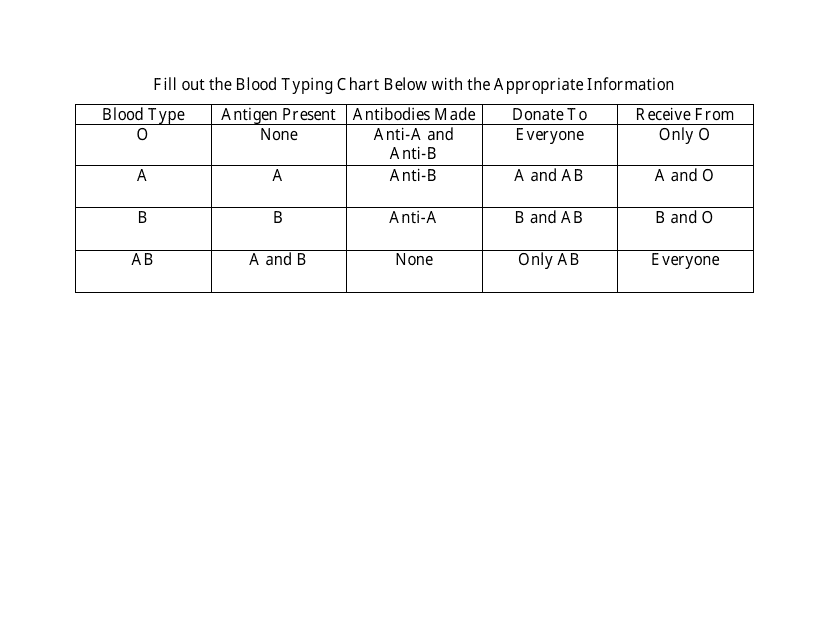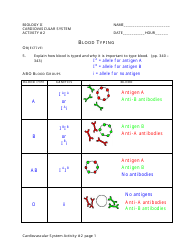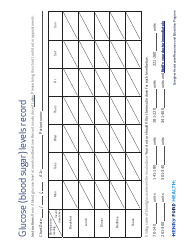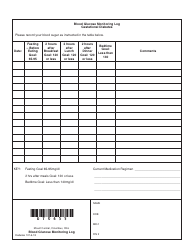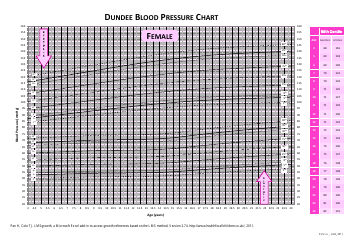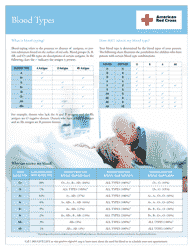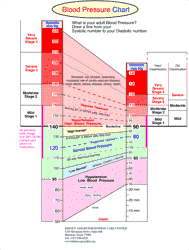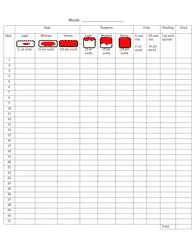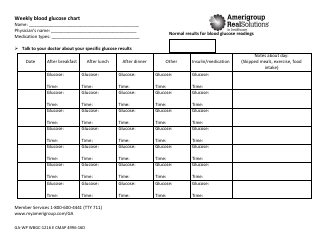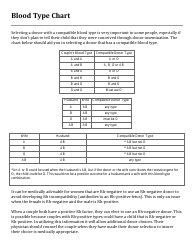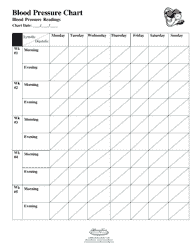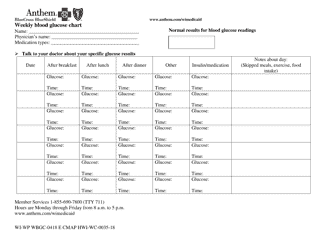Blood Typing Chart
A Blood Typing Chart is used to identify or classify a person's blood type. Blood type is determined by the types of antigens or markers, present on the surface of red blood cells. The chart typically includes four main blood types: A, B, AB, and O, and their Rh factor (positive or negative). This information is crucial for blood transfusions, organ transplants, pregnancy, and medical research since compatibility between blood types is necessary to prevent negative immune responses.
Blood typing charts are not typically filed by a specific person or organization. Blood typing charts are universal tools used by medical professionals worldwide to understand blood types and their compatibility. They are included in medical textbooks, public health resources, and diagnostic reference guides. Health organizations like Red Cross, hospitals, blood banks, and health departments may have such charts as part of their resources or educational materials. Any changes or discoveries relating to blood types would be documented by research and medical organizations but not by a country or government agency.
FAQ
Q: What is a blood typing chart?
A: A blood typing chart is a reference guide that displays the possible blood types a person can have, based on their parent's blood types, and identifies which blood type can donate to or receive from another blood type.
Q: What are the main blood types?
A: The four main blood types are A, B, AB, and O. Each can be positive or negative, making eight types in total.
Q: What is Rh factor in blood typing?
A: The Rh factor is a type of protein on the surface of red blood cells. If this is present, the person's blood type is positive. If it's absent, the blood type is negative.
Q: Which blood type is considered universal?
A: O negative blood type is considered the universal donor and AB positive is considered the universal recipient.
Q: Why is it important to know your blood type?
A: Knowing your blood type is crucial for blood transfusions and during pregnancy. It helps avoid health issues caused by blood type incompatibility.
Q: How can you determine your blood type?
A: Your blood type can be determined through a blood test at a doctor's office, hospital, or a diagnostic lab. Some home testing kits are also available.
